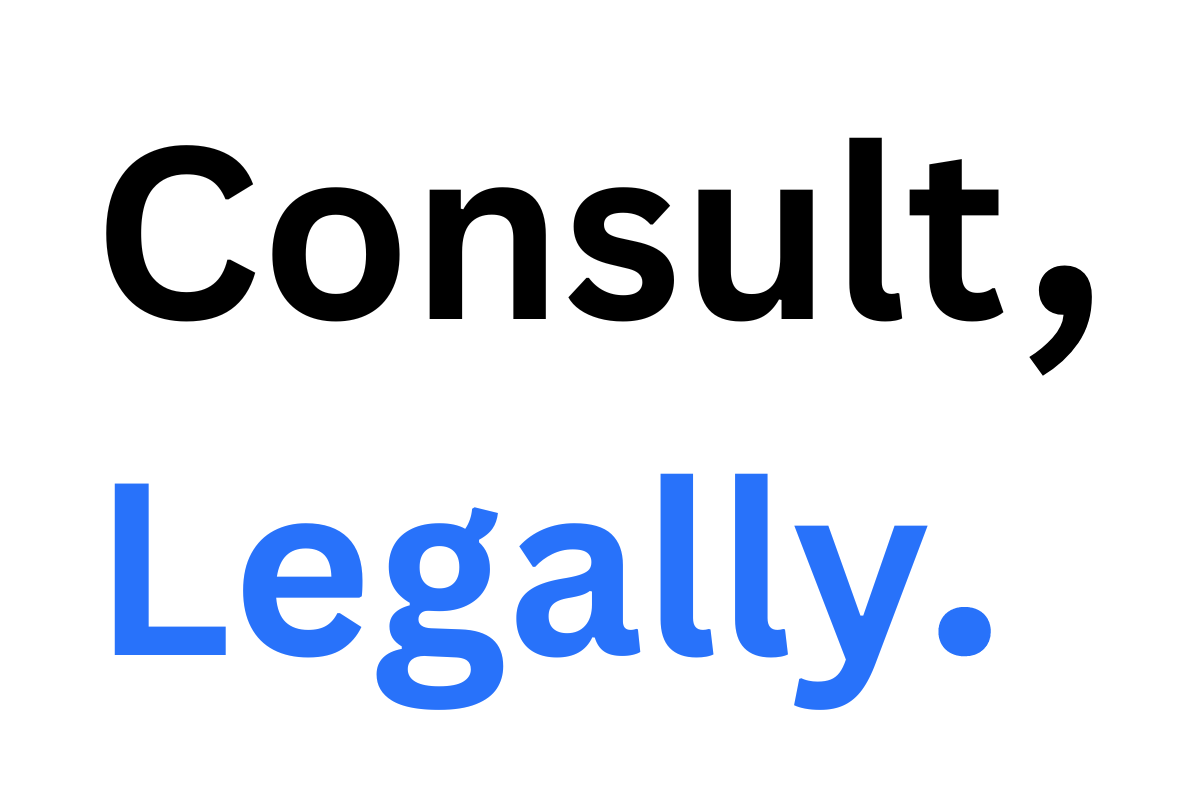Workplace stress is an inevitable part of nearly every profession. Whether it’s tight deadlines, long hours, or high expectations, some level of stress and anxiety is expected in a job environment. However, there are times when the stress you feel at work crosses a line and becomes overwhelming, leading to significant emotional and physical health issues. At that point, the question arises: “Can I sue my employer for stress and anxiety?”
The answer to this question is nuanced. While normal workplace stress isn’t grounds for a lawsuit, there are situations where the behavior of an employer or a toxic work environment can result in emotional distress severe enough to justify legal action. In this article, we will explore when you can sue your employer for stress and anxiety, what types of damages you might be able to recover, how to prove your claim, and the steps involved in filing a lawsuit.
When Can You Sue Your Employer for Stress and Anxiety?
Workplace stress, by itself, isn’t typically grounds for a lawsuit. In fact, feeling some stress in the workplace is normal and expected. However, certain extreme or unreasonable situations can amplify the stress employees feel, to the point that it causes emotional distress and physical symptoms that no reasonable person should have to endure. Under these circumstances, employees may have a legal right to sue their employer for emotional distress, including stress and anxiety.
Workplace Discrimination
Discrimination in the workplace occurs when an employee is treated unfairly based on protected characteristics such as race, gender, age, disability, religion, or sexual orientation. If this treatment causes emotional distress, the employee may have grounds for a lawsuit. For instance, if an employee is unfairly targeted because of their gender, leading to stress, anxiety, and a hostile work environment, this could form the basis for a discrimination claim.
Under both federal and state laws (such as the Civil Rights Act of 1964 and California’s Fair Employment and Housing Act), discrimination in the workplace is prohibited. If an employee can show that discriminatory treatment has led to emotional harm, they may be entitled to compensation for damages.
Sexual Harassment
Sexual harassment is another significant issue that can lead to emotional distress in the workplace. This can involve unwelcome advances, requests for sexual favors, or a workplace culture that fosters inappropriate behavior. If an employer creates an environment where sexual harassment is tolerated, or if the harassment leads to job loss or disciplinary action, employees can sue for emotional distress caused by the harassment.
A common scenario where emotional distress might occur is when career advancements or continued employment are conditioned on granting sexual favors. The emotional distress caused by this pressure, especially if it leads to anxiety, fear, or depression, could justify a legal claim.
Unrealistic Performance Demands
Employers have the right to set performance expectations and goals for their employees. However, when these demands are unreasonable or unattainably high, they can lead to excessive stress and anxiety. For example, if an employee is repeatedly asked to complete impossible tasks, work long hours without breaks, or meet impossible deadlines, the resulting pressure can cause significant emotional distress.
When the demands are unreasonable to the point of causing constant fear of failure, punishment, or job loss, this could justify an emotional distress claim. If an employee is made to feel that their job is constantly at risk due to these unrealistic expectations, the stress and anxiety they experience may cross the line into something actionable.
Workplace Bullying
Workplace bullying is another common cause of emotional distress. This can involve persistent, unwarranted aggressive behavior by colleagues, managers, or supervisors. Bullying can include verbal abuse, public humiliation, threats, or exclusion. In some cases, workplace bullying creates a toxic environment that causes severe stress and anxiety in employees.
When bullying reaches the point where it affects an employee’s emotional health and overall well-being, it may be grounds for a lawsuit. Workplace bullying that leads to physical or emotional harm can lead to claims for infliction of emotional distress.
Failure to Accommodate Disabilities
Under the Americans with Disabilities Act (ADA) and similar state laws, employers are required to provide reasonable accommodations for employees with disabilities. These accommodations could include adjusting work hours, providing assistive devices, or modifying work duties. If an employer fails to provide these accommodations, the employee may face increased stress and difficulty in performing their job, leading to emotional distress.
When an employer’s failure to accommodate a disability results in significant emotional harm, the employee may have a claim for emotional distress. For instance, if an employee with a medical condition is forced to work in an environment that exacerbates their symptoms, the resulting stress and anxiety could be grounds for legal action.
What Kinds of Emotional Distress Damages Can You Recover?
If you successfully sue your employer for stress and anxiety, there are various damages you may be able to recover. These damages typically fall into two categories: compensatory damages and punitive damages.
Compensatory Damages
Compensatory damages are designed to compensate you for the harm you have suffered. These damages may include:
- Medical Expenses: If your emotional distress has led to physical health issues (e.g., anxiety disorders, depression, physical symptoms like headaches, or gastrointestinal problems), you may be able to recover the cost of medical treatment.
- Lost Wages: If your emotional distress has caused you to miss work or prevented you from performing your job effectively, you may be entitled to recover lost wages or lost future earning capacity.
- Pain and Suffering: Emotional distress damages also compensate for the mental and emotional toll the workplace behavior took on your well-being. This can include the stress, anxiety, and depression caused by the actions of your employer.
- Punitive Damages: In cases of particularly egregious behavior (e.g., intentional infliction of emotional distress, malicious harassment, or discriminatory practices), a court may award punitive damages. These damages are meant to punish the employer and deter future harmful behavior.
Other Potential Damages
- Reputation Damages: If the employer’s actions have caused harm to your professional reputation, you may also be entitled to compensation for the loss of career opportunities and harm to your reputation.
- Emotional Pain and Anguish: These damages compensate you for the psychological impact of the distress, such as anxiety, fear, and feelings of hopelessness.
Proving an Emotional Distress Claim
For your emotional distress claim to succeed, you must demonstrate that the employer’s actions directly caused your stress and anxiety, and that the distress was severe enough to interfere with your daily life. This can be done by:
- Documenting Incidents: Keep a record of the stressful situations you have encountered. This includes details about the time, place, and nature of the behavior, as well as how it affected you emotionally.
- Medical Records: If you have sought medical treatment for your emotional distress, be sure to keep copies of your medical records, including diagnoses and treatment plans.
- Witness Testimonies: If coworkers or others witnessed the behavior, their testimonies can support your claim.
- Expert Testimony: In some cases, expert testimony from a mental health professional may be necessary to demonstrate the extent of your emotional distress.
How to Sue Your Employer for Stress and Anxiety
If you believe you have a legitimate claim, follow these steps:
- Document Everything: Keep detailed records of the behavior that is causing you distress. This could include emails, notes, and any correspondence that supports your claim.
- Consult a Medical Professional: Seek medical attention for your stress and anxiety. A healthcare provider can assess your condition and provide documentation that supports your claim.
- Report the Behavior: Report the harmful behavior to your employer, if possible. Document the report and any response (or lack thereof) from your employer.
- Seek Legal Advice: Consult an employment attorney who specializes in workplace discrimination, harassment, or emotional distress claims. An attorney can help you determine the strength of your case and guide you through the legal process.
- File a Complaint: In some cases, you may need to file a complaint with a government agency (e.g., the Equal Employment Opportunity Commission in the U.S.) before proceeding with a lawsuit.
- File a Lawsuit: If attempts to resolve the issue internally fail, your attorney may help you file a lawsuit for emotional distress.
Conclusion
Suing your employer for stress and anxiety is a serious decision that requires careful consideration. If your employer’s actions have caused extreme emotional distress, you may have legal grounds to file a lawsuit. However, it’s important to remember that normal workplace stress doesn’t qualify as a legal claim. If you’re experiencing significant emotional harm due to discriminatory practices, harassment, bullying, or unreasonable demands, it’s worth consulting with an attorney to explore your options and determine the best course of action. Legal assistance can help you navigate the process of filing a lawsuit and recovering damages for the emotional distress caused by your employer’s actions.

